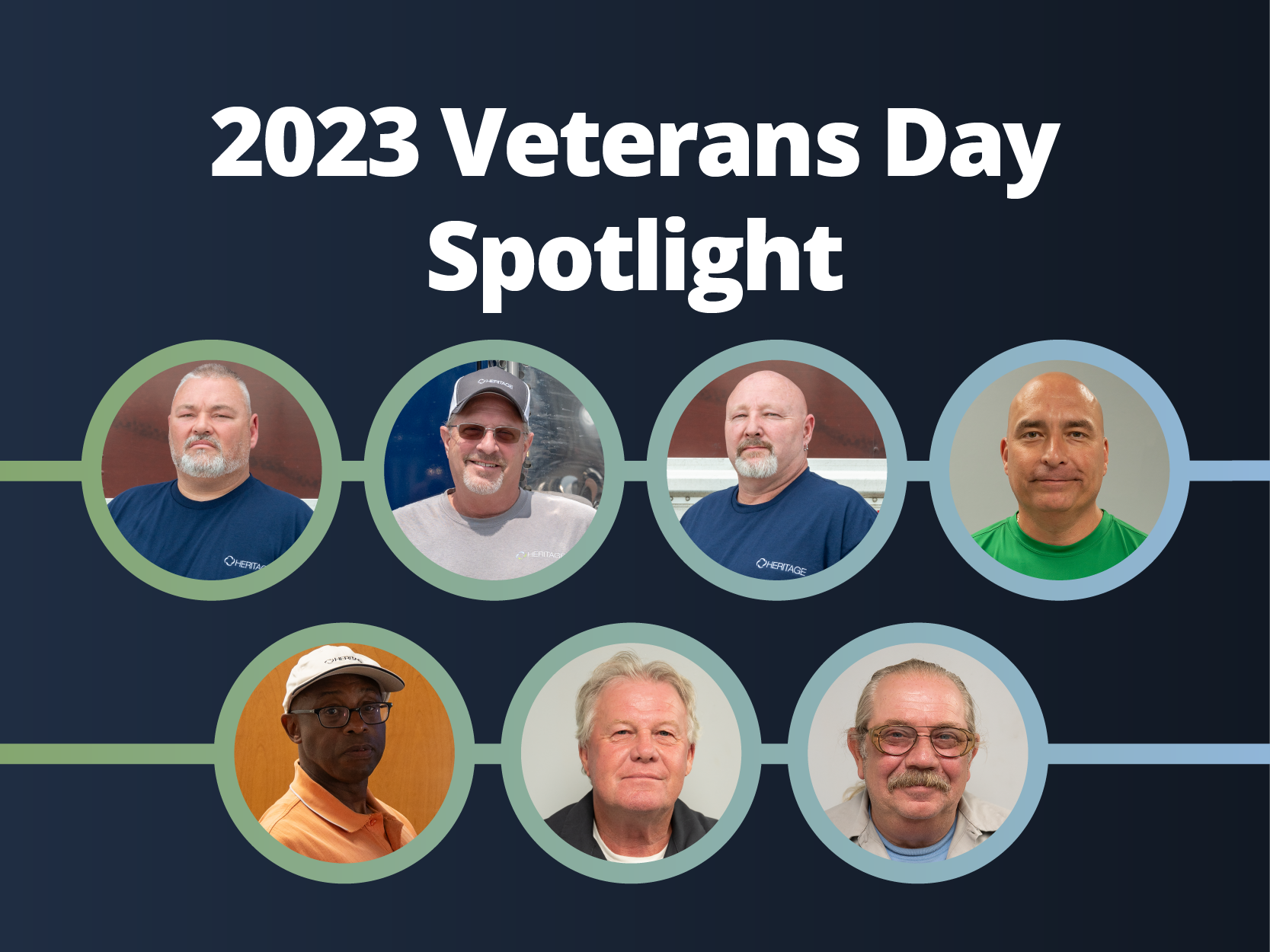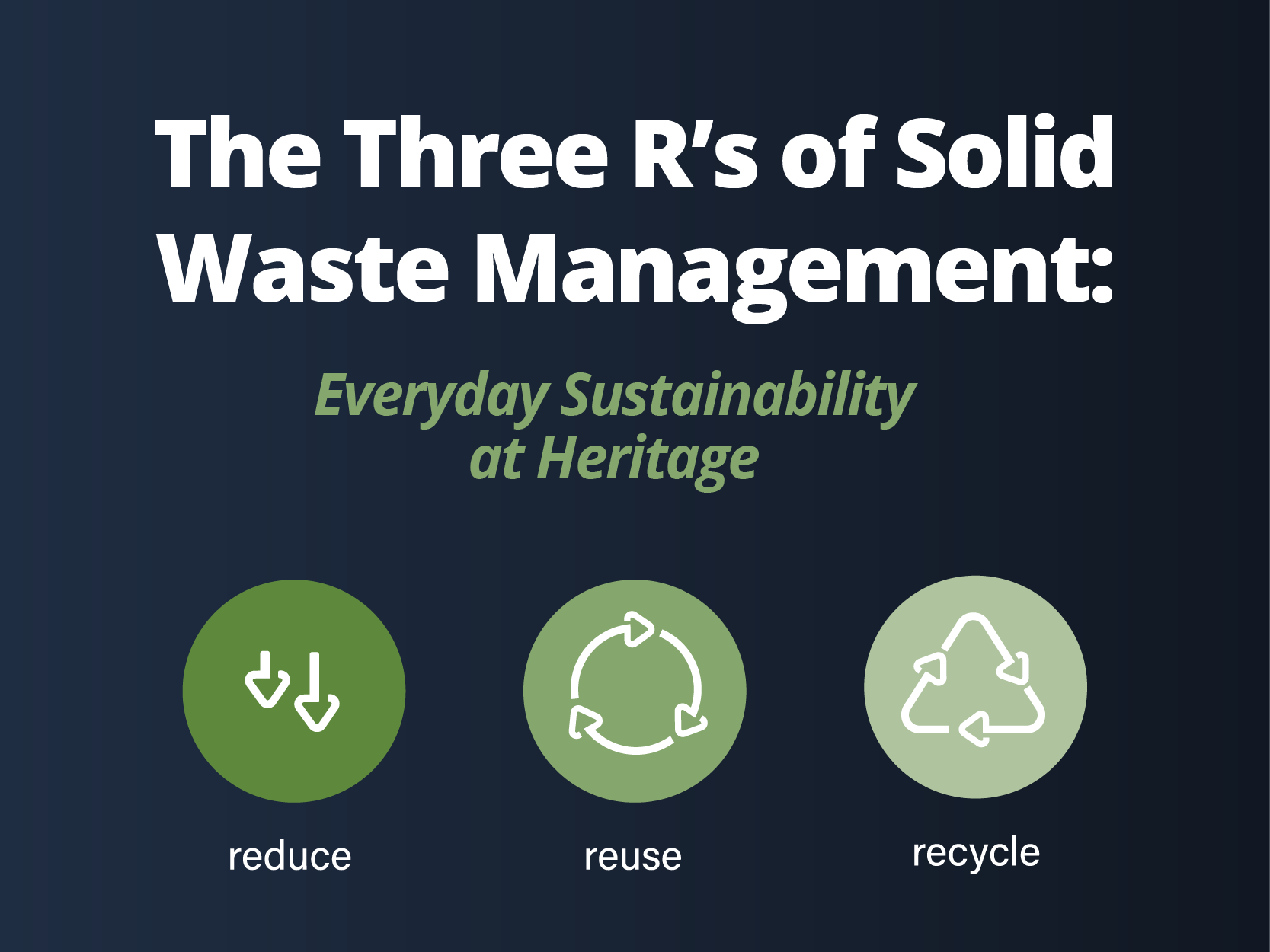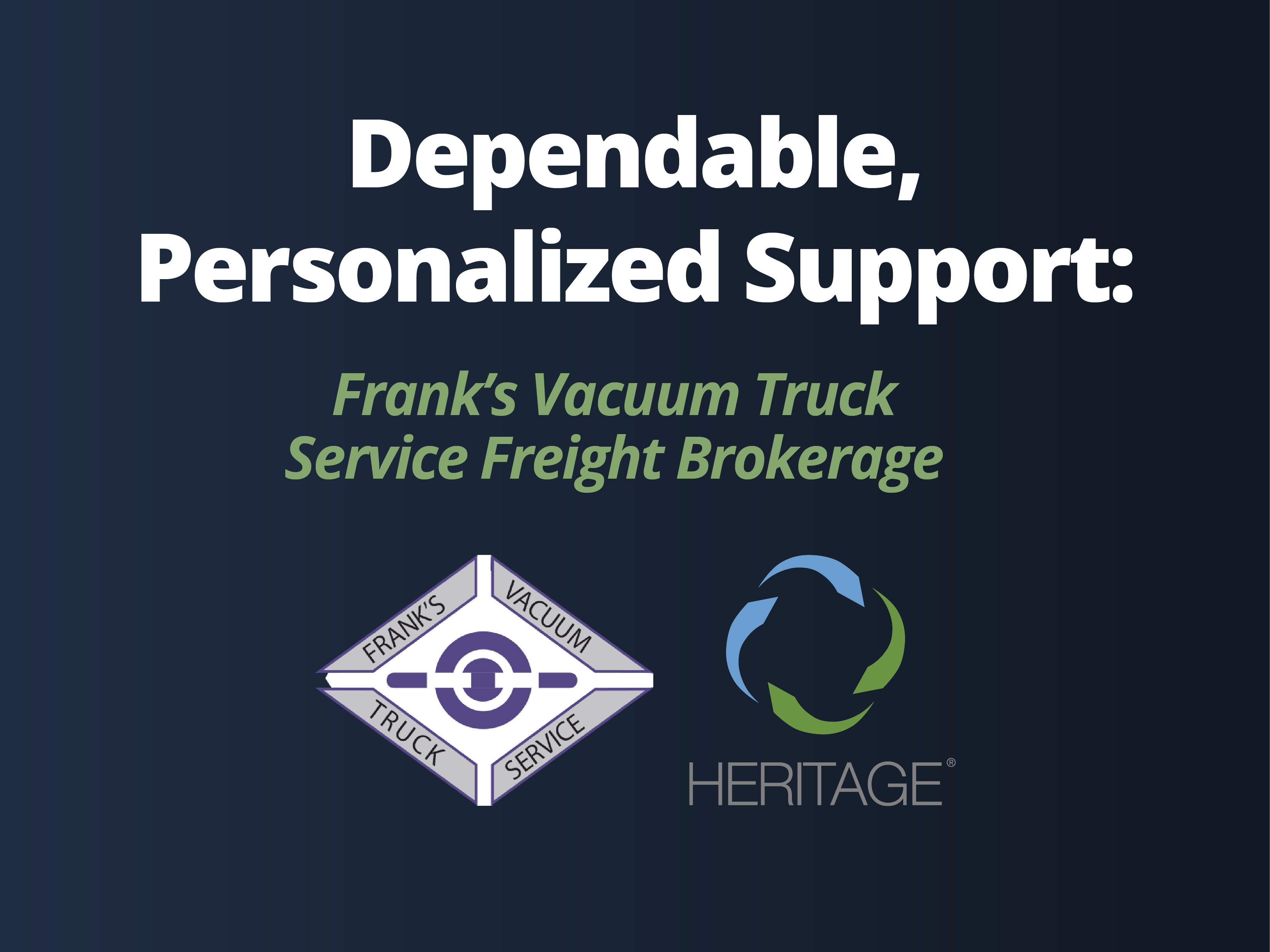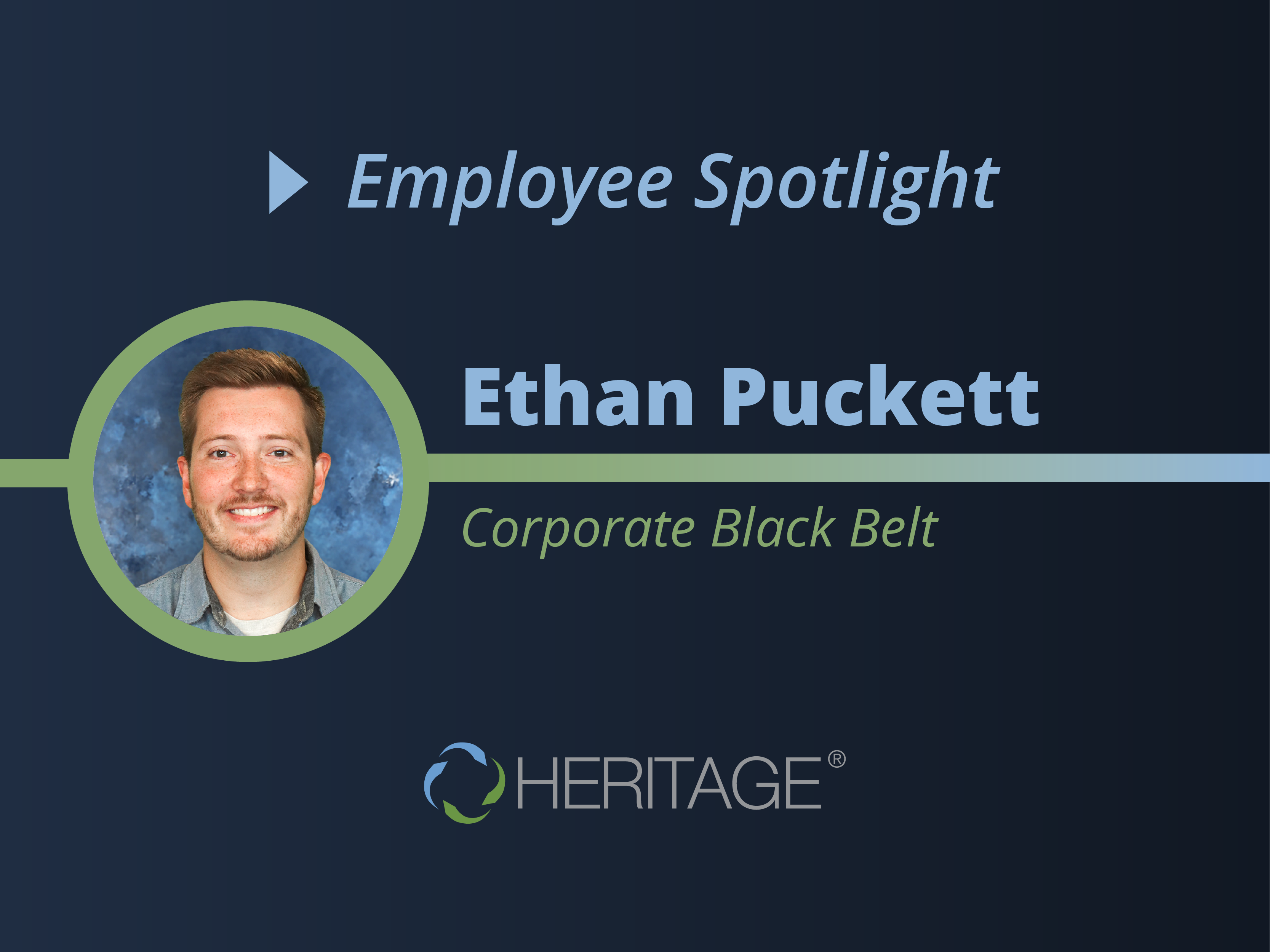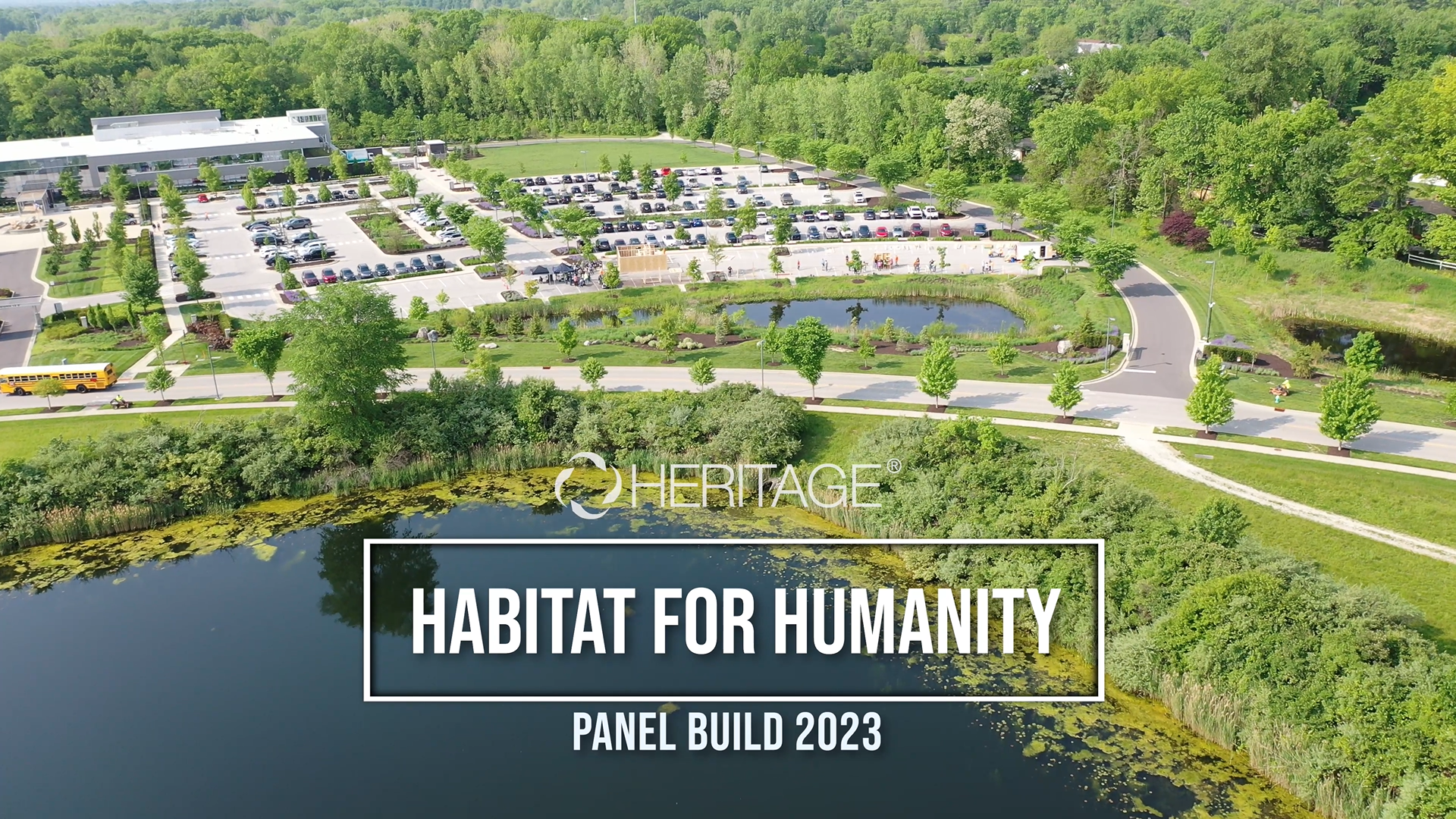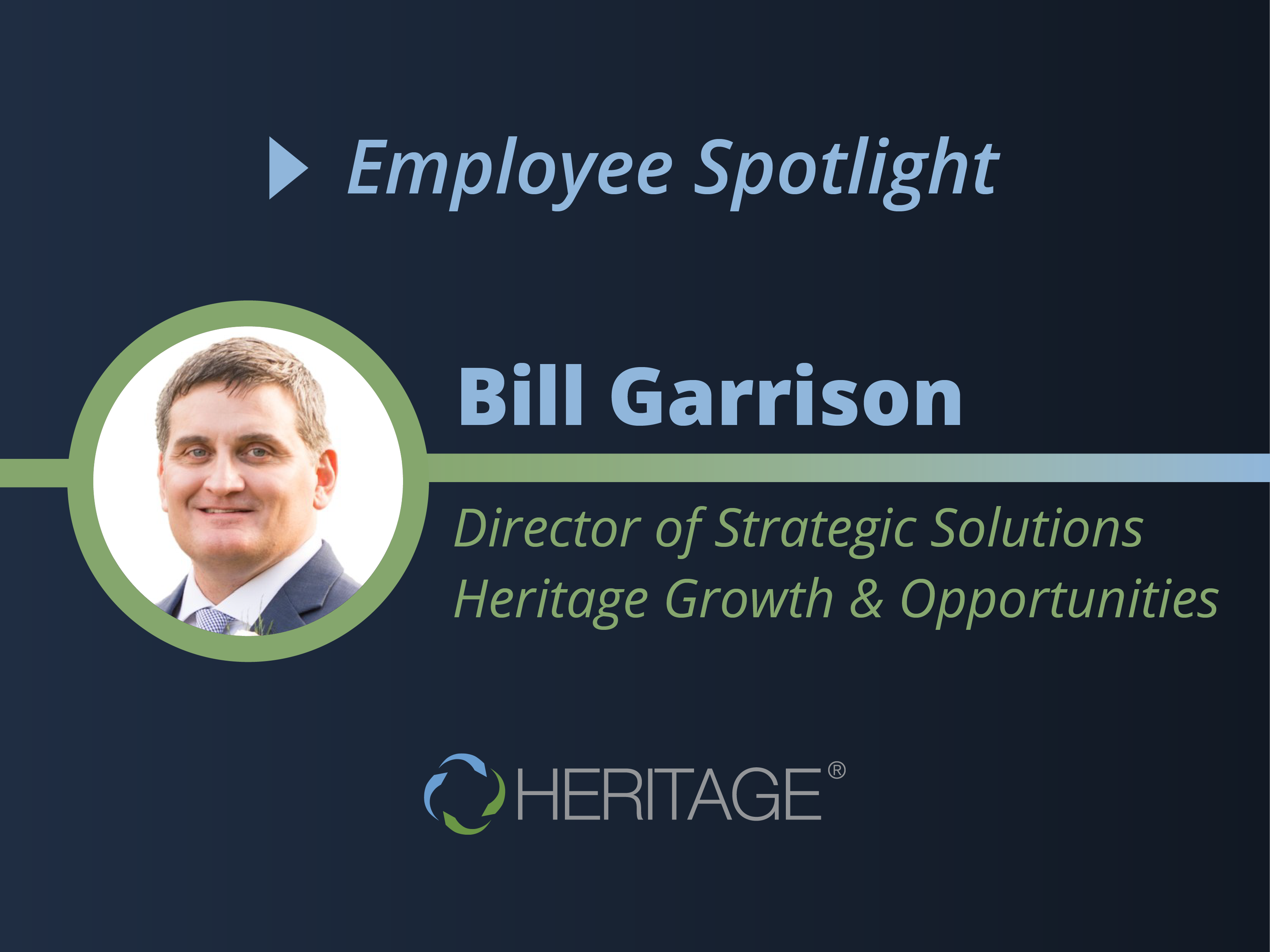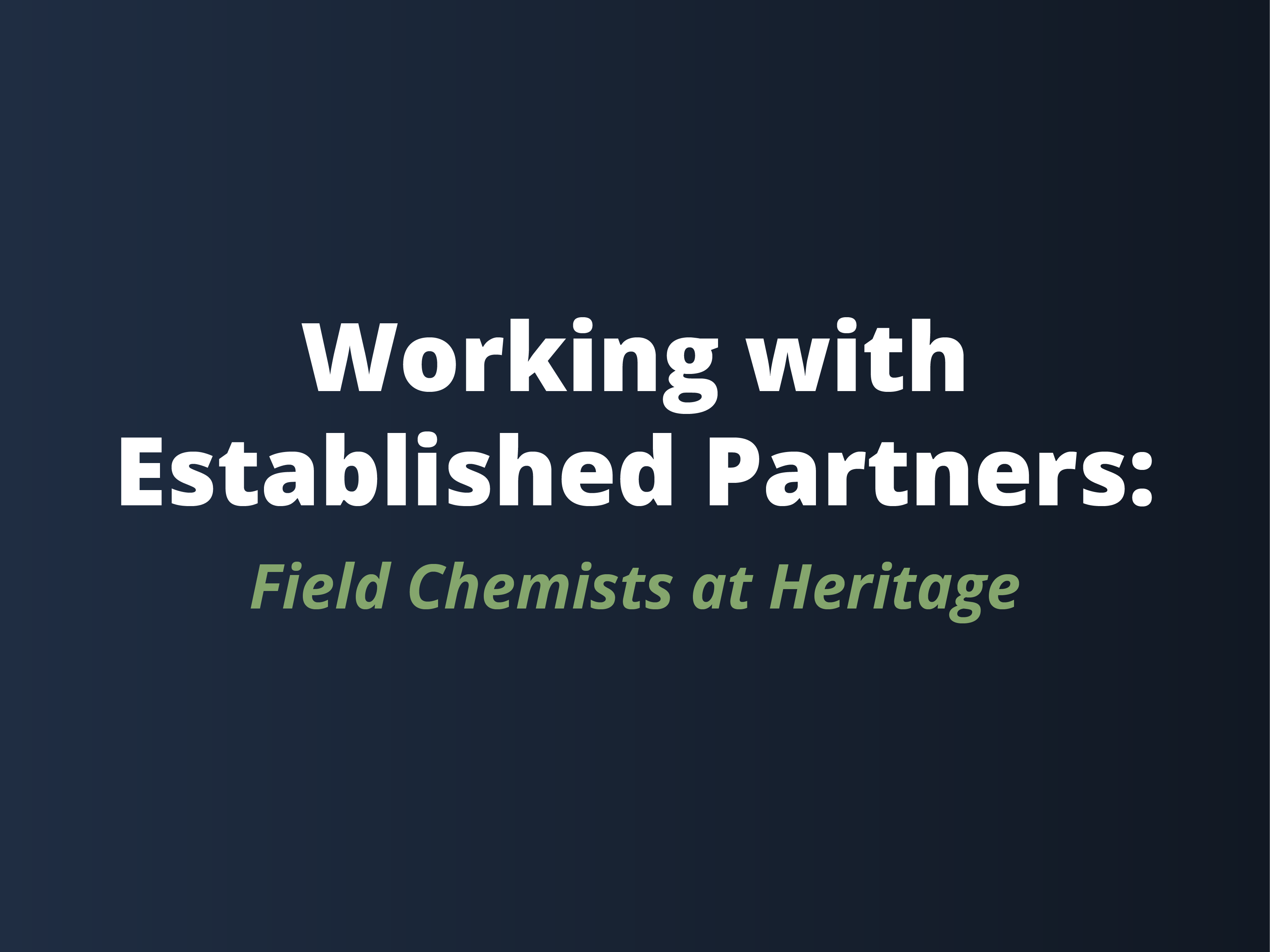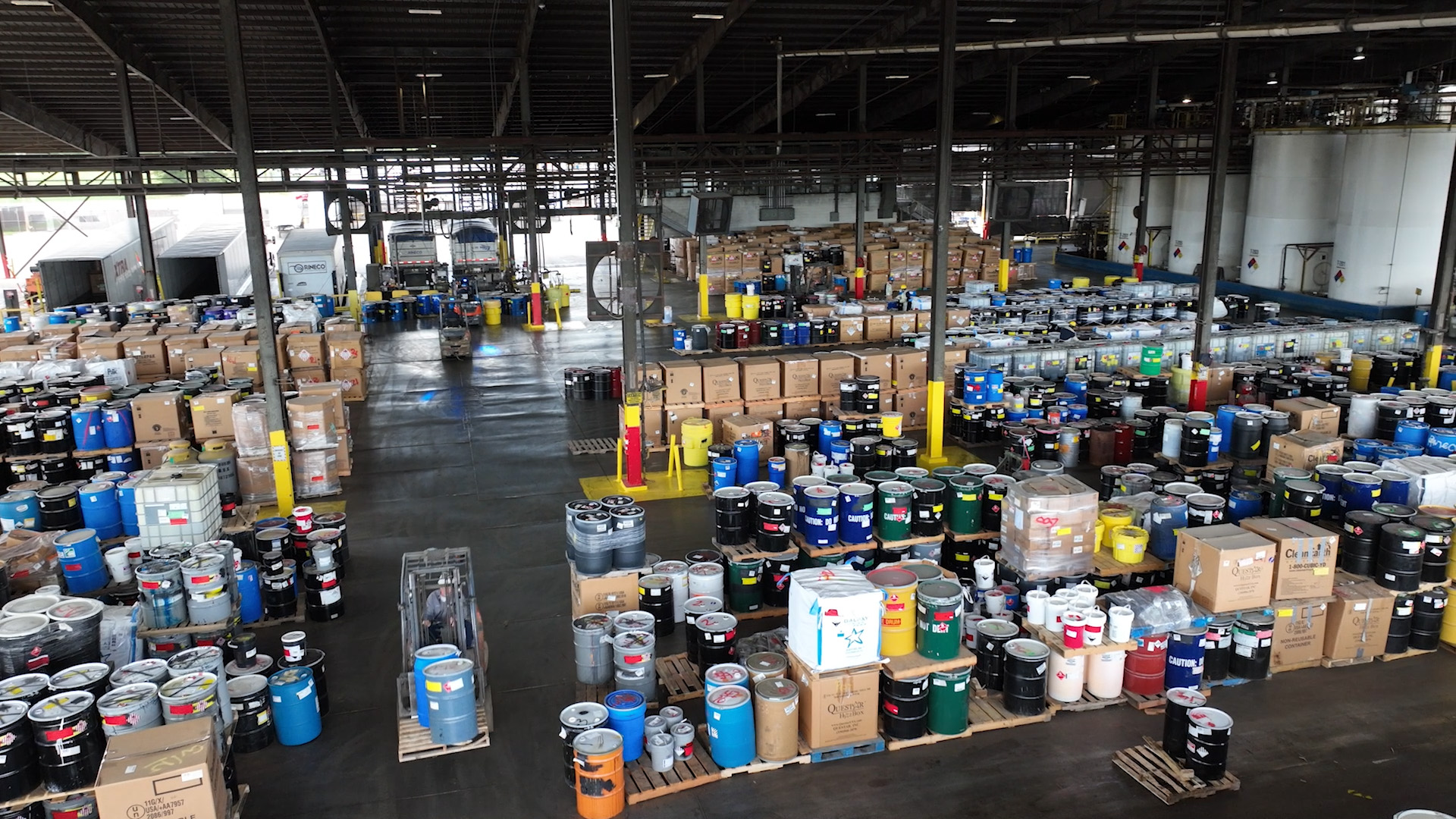
Meet The Facilities Series
Over the next few months, we will be releasing an inside look at several of our primary facilities at Heritage Environmental Services. These blogs will expand on plant capabilities and infrastructure, while also demonstrating the primary role of each facility within our TSDF network. Additionally, each blog will showcase how our facilities prioritize safety and compliance and share insight from facility leadership. Today, we’re pleased to spotlight Rineco, our fuel blending facility located in Benton, Arkansas.
Plant Capabilities and Infrastructure
Rineco,遗产环境服务设施意甲联赛被manbetx赞助, operates one of the largestfuel blendingfacilities in North America. We have achieved this through continuous improvement and betting on our employees. Our facility operates 24 hours a day with the ability to process 500,000 pounds per day.
A few of our operational highlights include:
- 30 forklifts
- Four loading docks
- Aerosol unit capable of 30 cubic yards per day
- Eight tanks in the tank farm for a total practical capacity of 196,000 gallons of storage
- Each tank is complete with an agitator
- Entire plant is tied together with state-of-the-art CPU controlled monitoring system
What We Do Best
Through the use of a solid and liquid blending process, Rineco manufactures waste-derived fuel that is used as an alternate fuel source to replace coal and natural gas in cement kilns. This is a safe and effective method of recovering the energy value in waste and helps conserve our planet’s finite natural resources. Nearly 20 cement kilns throughout the U.S. use regulated waste as a supplemental fuel. This is covered under U.S. EPA’s Boiler and Industrial Furnace (BIF) regulations. Strict compliance with feed rates, temperatures, and stack testing must be followed in order to use this material as fuel. Since nearly 60% of the cost of manufacturing cement is in the fossil fuels needed to produce temperatures of 3000°F, this is a very important factor in the process.
By reusing industrial wastes in cement kilns, generators are given an environmentally sound option for disposing of their waste, natural resources are conserved, and cement is produced at reduced prices. Troy Cooley, Plant Manager of Rineco, expanded on the value behind this sustainable process: “We have created safe and regulatory compliant methodologies to blend materials into a useful commodity and by doing so, our plant can help to reduce landfill space, help to preserve natural resources, and have a positive contribution to our nation’s economy.”
Safety and Compliance
Rineco facility leadership takes thesafety of our employees and visitorsvery seriously. This safety focused approach begins with the waste profile generation and continues to the final destruction at the kiln. Our emphasis on safety centers around the Heritage core value of Safe and Compliant or Not at All. “Safe and Compliant or Not at All is how we invest in our community, our business, our people, and our future,” Troy explained.
To ensure absolute compliance, Rineco’s internal tracking system leverages the same concept as RCRA’s “cradle to the grave”. When waste materials arrive at our facility, samples are collected and then analyzed at our on-site laboratory where we ensure conformity with the waste profile. Containers are then tracked via an individual bar-code identification label that allows us to track specific containers throughout the blending process, including documenting the final disposal destination of the material.
Some of our safety practices include:
- All employees receive three days of training prior to involvement in operations. Once placed into operations, on-the-job training is then followed by recurrent training which is a continuous process in the plant.
- All production areas are equipped with grounded ¼ inch welded steel overlay on the concrete floor.
- Safety showers, portable eye washes, and firefighting measures are available in work areas.
- All machinery is equipped with O2 analyzers with interlocks and infrared cameras for heat detection.
- All machinery is also inerted with CO2 and cannot operate unless the inerting level is deemed safe. In case of emergency, the machines can be flooded with CO2.
- Blending equipment has overfill alarms with valve closures and automatic shut-down. All are vented to the TOU (Thermal Oxidation Unit).
- AFFF foam is readily available in hose reel form.
- Receiving and storage areas are monitored by infrared cameras to detect any reactions that are causing a container to heat up.
- All receiving trucks are scanned for radiation at the time of weighing, prior to approval through the gate to unload.
- Fire sand is strategically located throughout the plant along with spill kits.
Leadership Insight
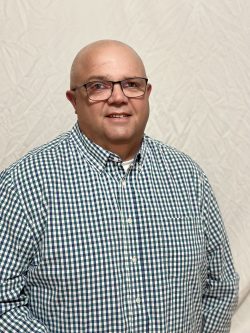
Troy Cooley, Plant Manager
“Being a leader means listening to your people and helping them find their way to safe, compliant, and productive success for the individuals, the team, and the company.”
If you are interested in learning more about Rineco’s capabilities, fuel blending, or any additional information please fill out ourcontact usform.
More News From Heritage
11/10/23
2023 Veterans Day Spotlight
Learn what it's like to work at Heritage as a veteran.
10/19/23
The 3 R’s of Solid Waste Management – Everyday Sustainability at Heritage
Learn how Heritage practices the three r's of solid waste management - reduce, reuse, recycle - in their offices and facilities.
9/14/23
Dependable, Personalized Support: Frank’s Vacuum Truck Service Freight Brokerage
Learn more about our new service offering, freight brokerage, and the trusted partnership it provides our customers.
7/27/23
Employee Spotlight – Efficiency and Innovation through Lean Six Sigma
Ethan Puckett, Corporate Black Belt, shares how Heritage’s Lean Six Sigma program takes a proactive approach to strategic problem solving
6/30/23
From Mentee to Mentor – Career Development in The Heritage Group Family
Check out this interview with several Heritage employees about how they live out our value of the Freedom to Learn and Grow.
5/31/23
Habitat for Humanity 2023
Heritage hosted our 13th annual Habitat for Humanity build this month, partnering with over70 employees from various THG companies.
5/30/23
Employee Spotlight: Uncovering Opportunity Through Innovation and Creative Problem Solving
Bill Garrison, Director of Strategic Solutions, shares how the Heritage family leverages R&D to identify wastestream opportunities for customers.
5/19/23
Working with Established Partners: Field Chemists at Heritage
Learn how our field chemists build trust and relationships within their own teams and with customers.
